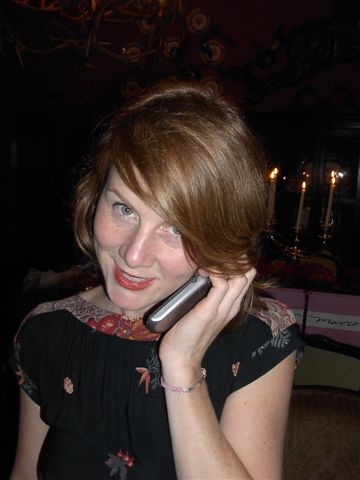On This Day In Fashion.
style is an appropriated marketing ploy, not innate, and much like what Kiss appropriated in the 1970s. I like Kiss very much, but I’d call them great businessmen not style icons, and clever enough to know that stage gimmicks equate big bucks. Like Paul Stanley, Gene Simmons and P.T. Barnum, Gaga is a terrific businesswoman. And that is the last I shall speak of her.) Today we know that Björk worked with a 26-year-old Alexander McQueen to develop her character for Homogenic; at the time the designer only lived on the radars of fashion’s most elite. But Björk and McQueen, sometimes working together, would both transcend their indie statuses and become household names by the end of the decade.
Before Homogenic, Björk had long been frumpily fashionable, if not a trendsetter, in colorful Doc Martens, miniskirts, thick glasses and thrift-store finds mixed with next season’s designs. By the mid-1990s she was drifting away from the baby-doll schoolyard look that was becoming more associated with the Spice Girls, Courtney Love and, soon, Britney Spears. Bjork’s sound was less bubblegum, too, evolving into one that was bluntly hungry, wailing and dark. McQueen was the embodiment of all three, and excelled at interpreting macabre fantasy. Artist to artist, they were a perfect match.
To read the full story and link to videos and images of Björk–McQueen's collaborations, visit On This Day In Fashion.

No comments:
Post a Comment